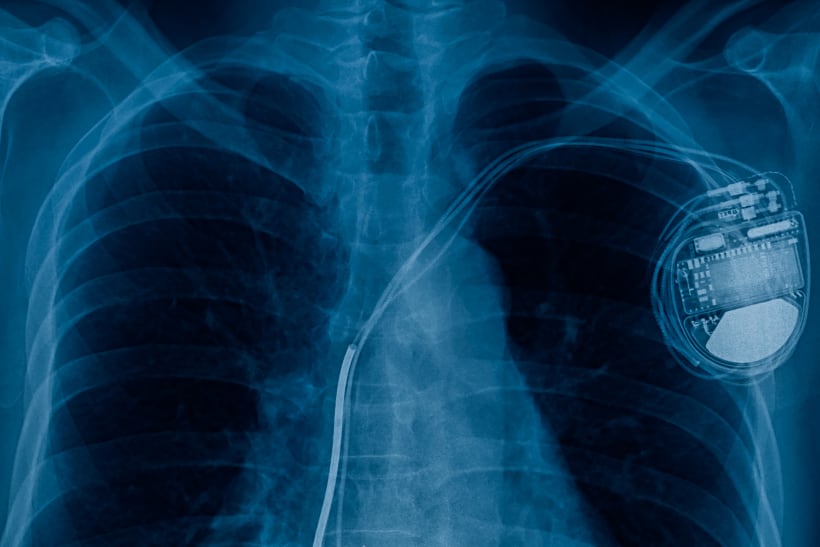By Dr. Aswin Babu, edited by Dr. Ahmed El-Medany
Cardiac resynchronisation therapy (CRT) remains the mainstay in achieving synchrony in patients with severe left ventricle (LV) dysfunction and electromechanical desynchrony. Despite its proven benefit, CRT remains underutilised with a high number of non-responders. Numerous observational studies have now demonstrated that Left bundle branch pacing (LBBP) provides a more physiological method of pacing with narrower QRS complexes and excellent pacing thresholds.
LBBP-RESYNC (Left bundle Branch Pacing Versus Biventricular Pacing for Cardiac resynchronisation therapy) is the first prospective randomised controlled trial (RCT) examining the difference between LBBP and CRT.
Forty consecutive patients with non-ischemic cardiomyopathy and left bundle branch block (LBBB) were randomised to either LBBP-CRT versus Biventricular pacing (BiVP)-CRT. The mean age was 63.7 years of age with a mean left ventricular ejection fraction (LVEF) of 29.7%. Patients were followed up for 6 months with a primary endpoint assessing the difference in Left ventricular ejection fraction between both groups. Secondary endpoints included changes in echocardiographic parameters, N-terminal pro-B-type natriuretic peptide (NT-proBNP), New York heart association (NYHA) functional class, 6 minute walk distance, QRS duration, and CRT response.
Crossovers occurred in 10% of the LBBP-CRT and 20% of BiVP-CRT. An impressive 92% of patients exhibited conduction system capture. After 6 months follow-up, intention to treat analysis revealed a significantly higher LVEF in the LBBP-CRT group when compared to the BiVP-CRT (Mean difference: 5.6%; 95% CI: 0.3-10.9; p= 0.039). Furthermore, both left ventricular end systolic volumes and NT-proBNP were significantly reduced in the LBBP-CRT cohort.
Although this trial is small in numbers with a limited follow-up time, it once again exemplifies the considerable benefit obtained through LBBP and its significant future role in the heart failure . Yet, more prospective data is required investigating the use of LBBP in a wider cohort of patients such as those with ischemic cardiomyopathy or significant scar burden.

